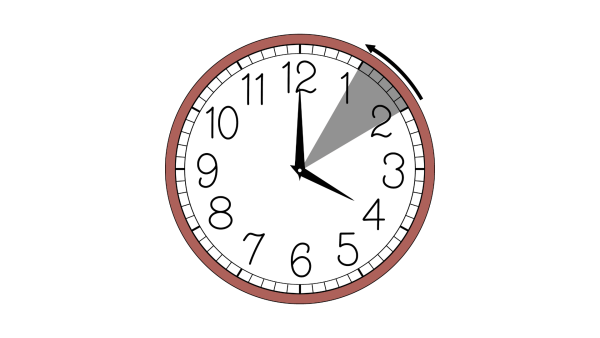Fall back, spring forward, repeat. Every year, millions of people set their clocks back on the first Sunday of November, but why? Most would tell you that the time switch was adopted in order to give farmers another hour of sunlight to work in the field. However, according to the University of Colorado, Boulder’s sleep researcher Kenneth Wright, Daylight Saving Time (DST) was adopted during World War I in efforts to conserve energy. The United States followed Germany’s path, adopting DST in 1918 as a wartime measure; but we’re not at war, so why do we still set the clocks back? Years later, World War II broke out, and DST was reinstated in the United States. For years after that, DST was determined on a state by state basis. Now, almost every state observes DST, with the exception of Hawaii and Arizona. Many countries do not, however, observe Daylight Saving Time. In Mexico and Canada, only some areas participate in DST. China, one of our biggest trading partners, doesn’t follow the time switch at all. So, this begs the question, is Daylight Saving Time really necessary?
With the hodgepodge of different time zones in the US, something that is already hard to grasp, DST makes travel and communication

even more of a confusion. There are two clear solutions to solving this indecision: creating a universal fall back, or eliminating DST all together. The Talon believes that DST, while possibly useful in wartime, is unnecessary. First established over 100 years ago, DST has become irrelevant and a puzzle to solve every November.





